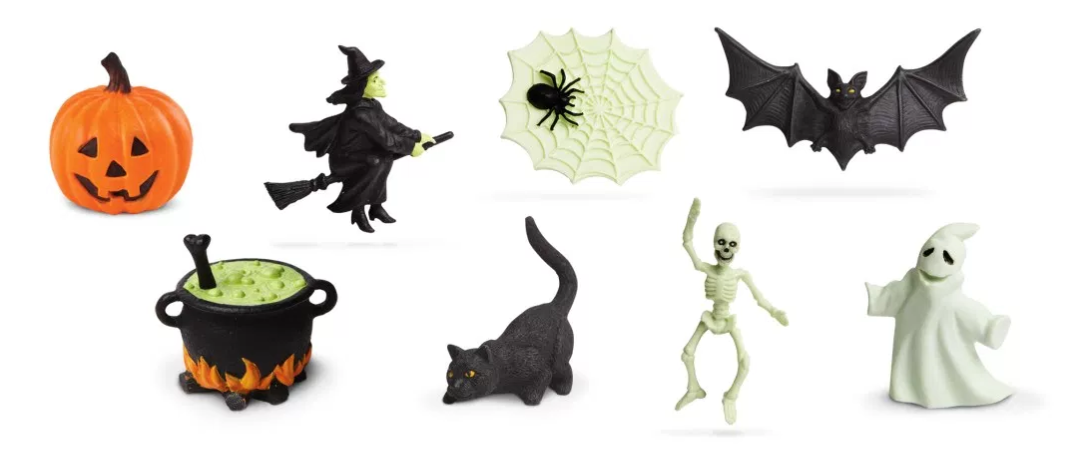
The Origins of Halloween

The origins of Halloween coincides with the autumn harvests and the coming of winter, as bringing the foods in from the fields was nearly complete and stockpiling for winter was crucial for survival until spring. Livestock were brought closer to the homestead and penned in barns or enclosed pastures. Crops were stored in cold cellars, preserved through pickling, grains were kept dry in clay vessels, as well as fermenting them into beer, wine, and cider.
This time of the year coincided with the Celtic festivals of Samhain, when the world of the living and the dead coincided. Samhain (pronounced Sah-WAN) occurred on November 1st, but on the eve of Samhain the Celtics believed that the dead returned to the world as ghosts.
The people would leave food and wine upon their doorsteps to keep the spirits out of their houses. Also, if they had to go out into the night that evening, the people wore masks so that the ghosts would believe that they were one of them. It was also believed that demons, fairies, and witches wandered the night with the ghosts so people were wary.

When Christianity spread, Samhain became All-Saints day, then eventually All-Hallows day. The night before on the 31st was known as All Hallows’ eve. Later, the name would be shortened to Halloween. The word “Hallowed” meant pure or holy, and the church attempted to incorporate the Celtics into their religion by integrating and changing their holiday. As suggested by the name “All-Saints Day” the holiday celebrated the lives of martyrs and saints rather than Samhain’s celebration of seasonal change and the dead.
There were other festivities that occurred during this time in medieval Britain included All-Souls Day on November 2nd, when the peasantry would beg for “soul cakes” and in return would pray for the deceased on behalf of the person who gave them the cake. This practice is known as “Souling” and coincided with the belief that the world of the dead was closer to the world of the living. People also left soul cakes out for the wandering souls of the deceased.
Guising is similar to our modern-day practice of giving treats to children. In this case however, the children dressed up in costume to perform for other people in return for food, wine, and money. The children would sing, tell jokes or stories in order to obtain these offerings.
Pumpkin carving dates back to Samhain, when the Celtics would carve fruit for decorations in celebration of the holidays. Apple bobbing was another activity that was done during Samhain that coincided with the apple harvest. Halloween blossomed in America after immigrants brought the celebration from overseas, but it became a time for pranks and tricks. Around the 1950’s, the holiday became much more oriented to family activity.

All over the world, the celebration of autumn change was once nearly universal and some other cultures also celebrate it as a day of the dead. Quite literally, Mexico’s Day of the Dead is a celebration of their ancestors by inviting the dead into the home with offerings, altars for the spirits, and intricately decorated sugar skulls that bear the name of the person who had passed. Families will visit cemeteries and hold feasts at the gravesite. Flowers are also a commonly used decoration to symbolize the briefness of the human lifespan and to appreciate life’s beauty.
The transition between the concluding days of October to the beginning of November holds a universal celebration of change. From life to death, the fading color of the trees, the lingering remnants of harvested crops, the changing hours of daylight, there are a series of changes that occur during this time of the year. Although Halloween has lost its original meaning in today’s candied and costumed variation, there is a definite alteration in nature and that is not so easily changed.

Paul Gustave Louis Christophe Doré was a French artist who lived from 1832-1883 who created engravings, drawings, plates, and paintings for many different books. This included biblical imagery, children's book, and the most famous is the artwork he created for Dante Alighieri's "Divine Comedy" also known as "Dante's Inferno".

 Facebook
Facebook
 Twitter
Twitter
 Instagram
Instagram
